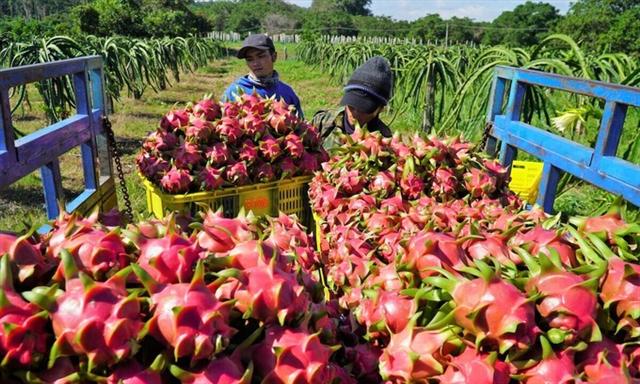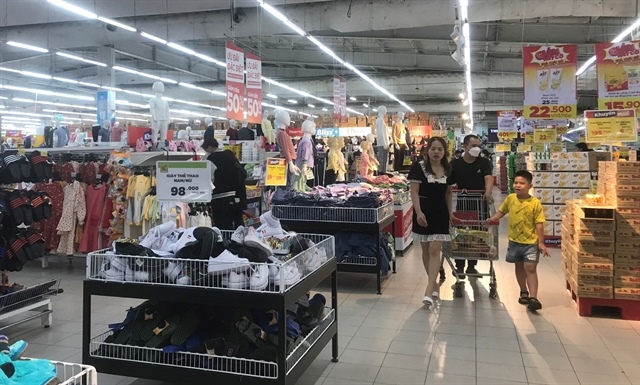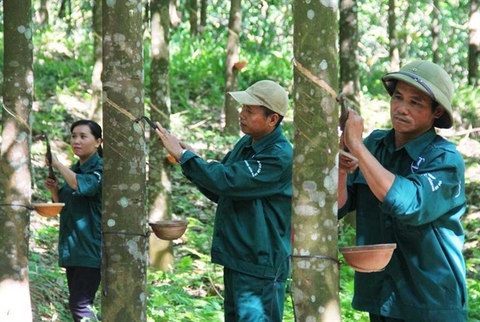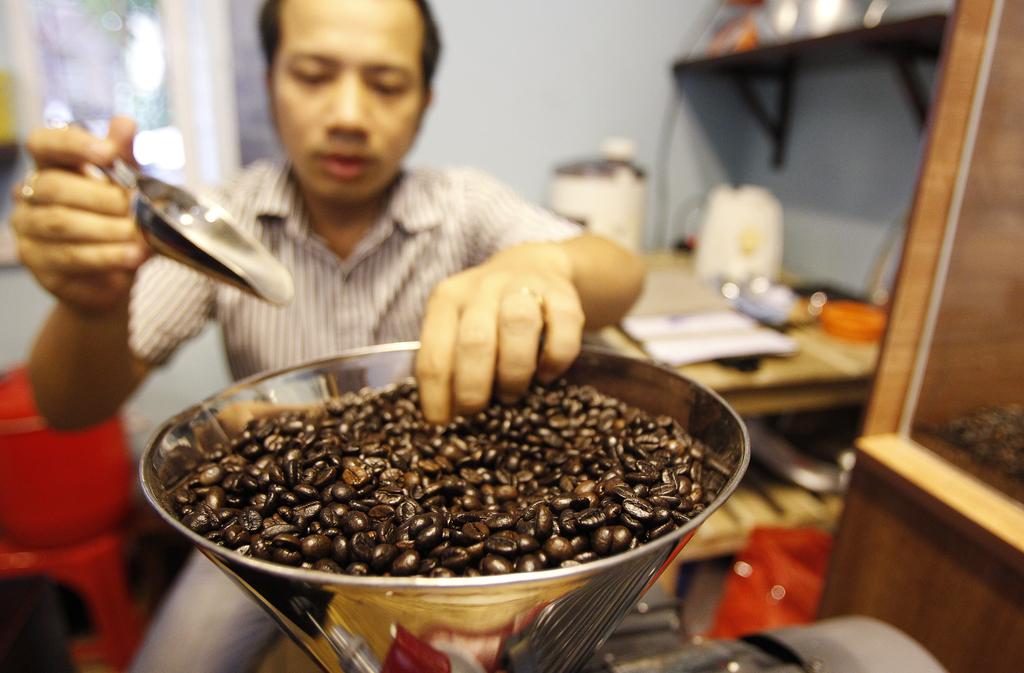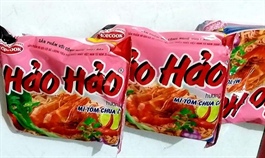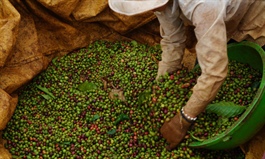Dragon fruit suffers pandemic troubles
Dragon fruit suffers pandemic troubles
The Covid-19 pandemic has made it difficult for Vietnamese dragon fruits, in season now, to be exported.
Farmers in the central province of Binh Thuan load harvested dragon fruit on a truck. Photo by VnExpress/Viet Quoc
|
China, which accounts for some 80 percent of Vietnam’s total dragon fruit exports, has restricted the flow of goods at some border gates as part of its pandemic safety precautions.
Meanwhile, for markets like the European Union, the U.S. and some Asian countries, the pandemic has caused an increase in logistics cost, and traders are facing fiercer competition from Taiwan, Thailand and Malaysia.
To expand markets for its dragon fruit, Vietnam is seeking ways to penetrate new markets, including Australia and Japan.
Ta Duc Minh, commercial counselor at the Vietnamese embassy in Japan, said Vietnamese farmers and firms should ensure synchronous cycles from cultivation, harvest and preservation to transport and export to maintain the freshness and taste of dragon fruits.
They should also intensify application of advanced post-harvest technology to ensure product quality, he said.
Phu proposed the central province of Binh Thuan and the southern province of Long An, the two country’s largest dragon fruit producers, should speed up processing and export of dried fruit as well as other products made from dragon fruits like wine and syrup.
Binh Thuan has 33,750 hectares of dragon fruits with an average annual output of 650,000 tons. It currently has 240 dragon fruit collecting, semi-processing and packaging facilities, and six processing facilities that make different products with the fruit.
According to the Long An Department of Industry and Trade, the province produces some 330,000 tons of dragon fruit each year.


